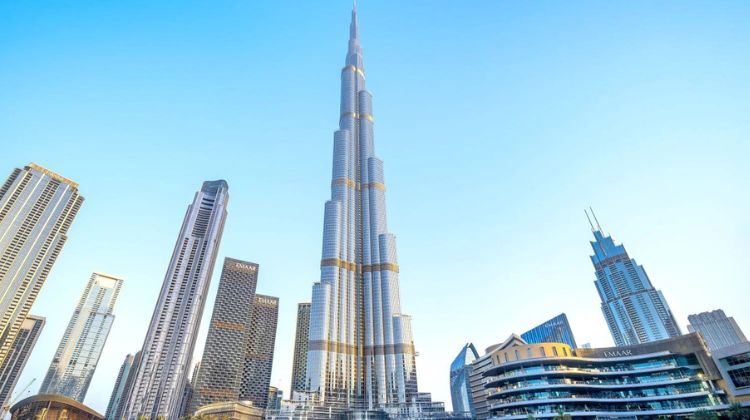Human colonies are expanding like a spider’s web.
This expansion leads to large-scale deforestation, contributes to global warming, and is also responsible for droughts and floods.
Sustainable infrastructure development provides us with a roadmap to use available resources in the right way.
Civil Engineering teaches us how to apply modern technological advancements to build sustainable housing societies.
Monolithic structures, such as 100-storey apartments and skyscrapers, must be built to accommodate more families under one roof.
Buildings are similar to human beings in many ways:
- Iron bars form the basic framework, like bones.
- Bricks and mortar (sand, stone, and cement) form the surface, similar to flesh.
- Electrical wiring acts like the central nervous system, powering the entire infrastructure.
The lifespan of a house typically ranges from 80 to 85 years.
Therefore, it becomes necessary to demolish old structures and build monolithic towers to accommodate the growing population in urban cities and towns.
This would also free up plenty of space for tree plantations, helping to reduce our carbon footprint.
Additionally, it will help address challenges related to sewage water treatment, solid waste management, and rainwater harvesting.
Benefits of Sustainable Infrastructure Development:
- Proper land utilisation
- Reduced Connectivity
- Rainwater harvesting
- Groundwater restoration
- Solid waste management
- Protection from flooding and earthquakes
- Access to modern amenities
To learn more about sustainable infrastructure development, Admission Backup invites applications from interested students to join the Civil Engineering course.
For career consultation, please contact our helpline at +91 8546881677.
